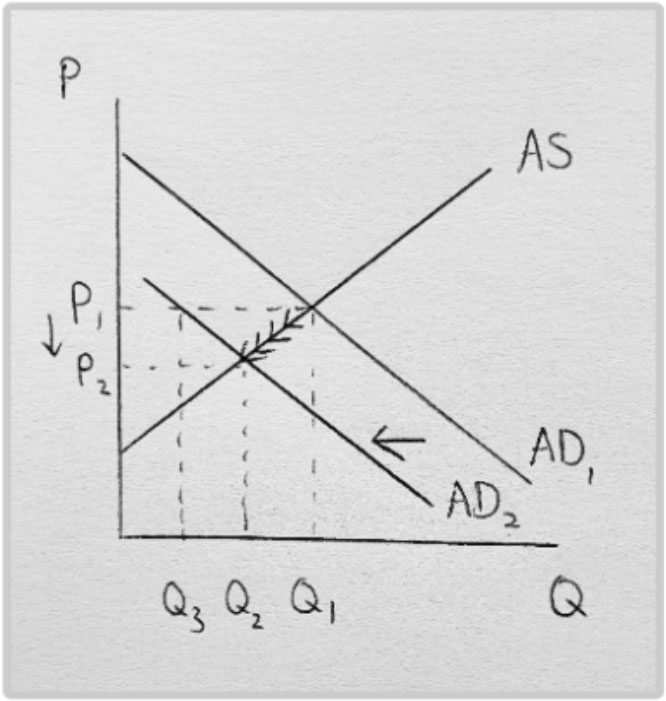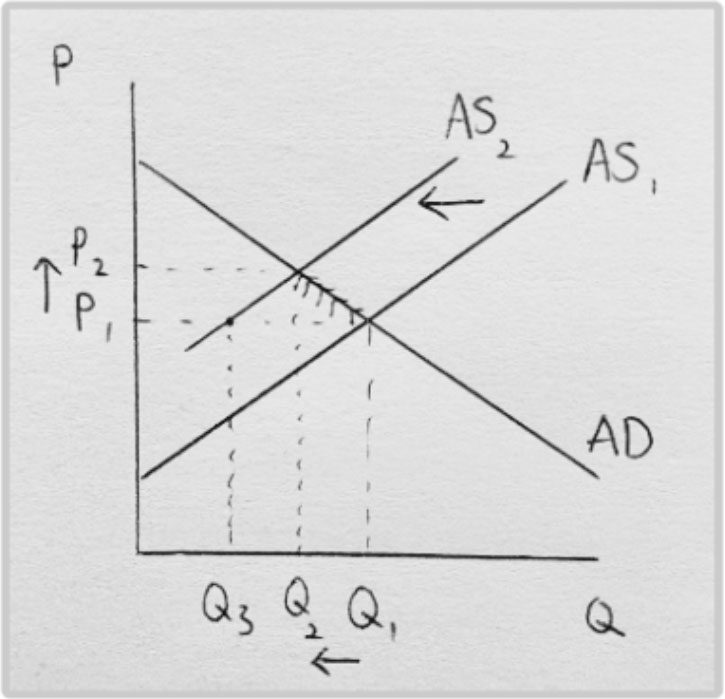To introduce myself, I'm Jing a VCE English, Legal Studies and Economics tutor on Learnmate. I graduated with an ATAR of 99.4, including a 48 in English, before studying a Bachelor of Commerce and Laws at Monash University. I am currently undertaking a Masters of Teaching and have a strong desire to ensure my students achieve academic excellence and find a lifelong love of learning!
Preparing for the VCE Economics exam can be daunting, especially when it comes to tackling long-form questions. This blog intends to provide guidance on developing a structured, informative, and methodical approach to answering such questions, using Question 1b from the 2023 VCE Economics Exam as an example. Learn how to effectively explain economic concepts and use real-world examples to enhance your responses.
Understanding Question 1b of the 2023 VCE Economics Exam
Here's the question from the 2023 VCE Economics Exam that we will use to break down how to approach long-answer questions:
| Question 1b
Explain how one aggregate demand (AD) factor and one aggregate supply (AS) factor have caused changes in the business cycle in Australia in 2023. |
To answer this question, we will explore how the AD factor of consumer confidence and the AS factor of productivity influence changes in the level of GDP. Each explanation will include a definition, real-world example, and a graph illustrating the shifts in the AD and AS curves.
Consumer Confidence and Aggregate Demand
Definition: Consumer confidence refers to households' level of optimism regarding their future financial situation, employment prospects, and the overall state of the economy.
Example: During the onset of the COVID-19 pandemic in 2020, consumer confidence plummeted. This decline led to a lower marginal propensity to consume and an increased savings rate in the macroeconomy.
Explanation: A decrease in consumer confidence results in a decrease in aggregate demand, shifting the AD curve from AD1 to AD2. At the initial equilibrium (P1, Q1), AS exceeds AD, creating a surplus (Q1 to Q3). Consequently, prices decrease from P1 to P2, leading to a reduction in the quantity of goods and services from Q1 to Q2, causing a movement along the AS curve.
Productivity and Aggregate Supply
Definition: Productivity refers to the level of GDP produced from a given quantity of inputs. Labour productivity, specifically, is the GDP produced per hour of labor worked.
Example: From Q2 2022 to Q2 2023, labor productivity in Australia was below 100 points. Similarly, from June 2022 to June 2023, the yearly GDP growth rate declined from 3.6% to 2.1%.
Explanation: A decrease in labor productivity leads to a decrease in aggregate supply, shifting the AS curve from AS1 to AS2. At the initial equilibrium (P1, Q1), AD exceeds AS, creating a surplus (Q1 to Q3). This leads to an increase in prices from P1 to P2 and a reduction in the quantity of goods and services from Q1 to Q2, causing a movement along the AD curve.
Conclusion
Mastering long answer questions on the VCE Economics exam requires a clear understanding of economic concepts, how to use the aggregate demand/supply graph to illustrate changes and contemporary examples to explain. To summarise, students should follow a structured approach to answering these questions, as outlined in this blog, which should include:
- defining each of the key terms
- providing a relevant example
- stepping through the cause and effect,
- illustrating the impact,
students can be confident that their responses will garner full marks and boost their overall performance on assessments and the exam.
For more tips on exam preparation and to connect with expert VCE Economics tutors, visit Learnmate.
This blog was written by Jing L, a VCE Legal Studies, Economics and English Tutor on Learnmate. Jing is enthusiastic about making a difference with her students and enjoys tutoring while completing her Masters of Teaching. She graduated with a 99.4 ATAR, and has received a number of academic awards during her time at school and Monash University, including academic excellence awards for History and Biology, the Award for Consistent Excellence for Microeconomics and Macroeconomics at Monash, and was placed on the Dean's Commendation List for 2011 in the Faculty of Business and Economics.
You can view her profile and, subject to her availability, request Jing as your tutor here.






